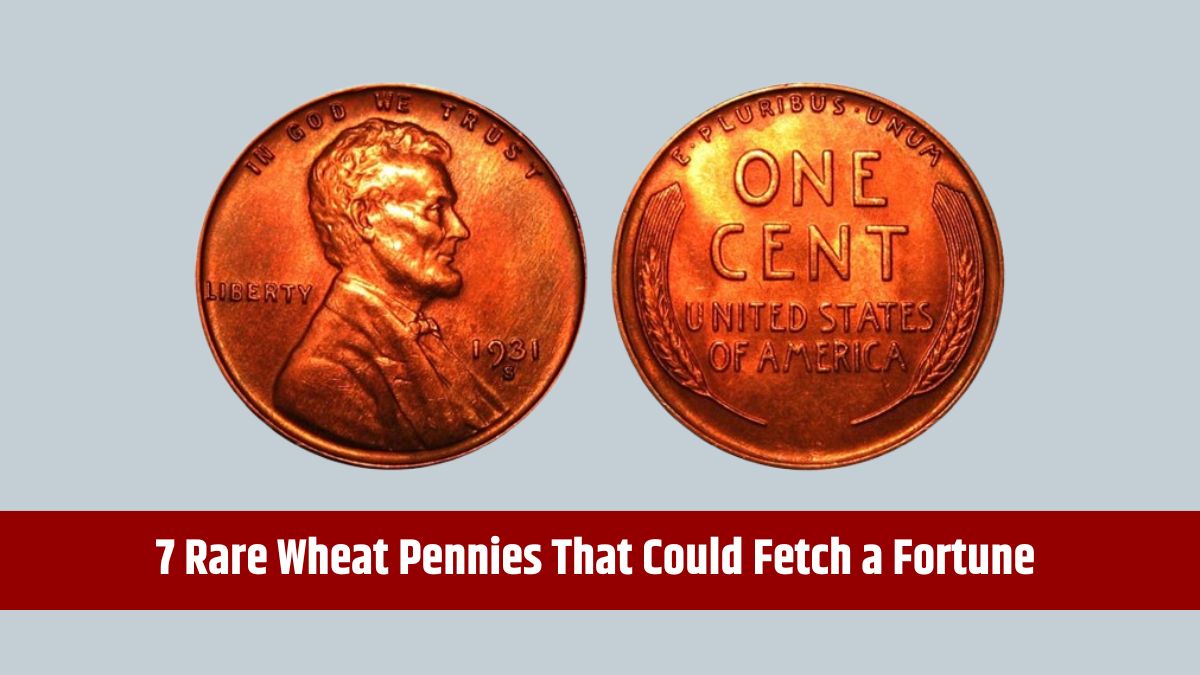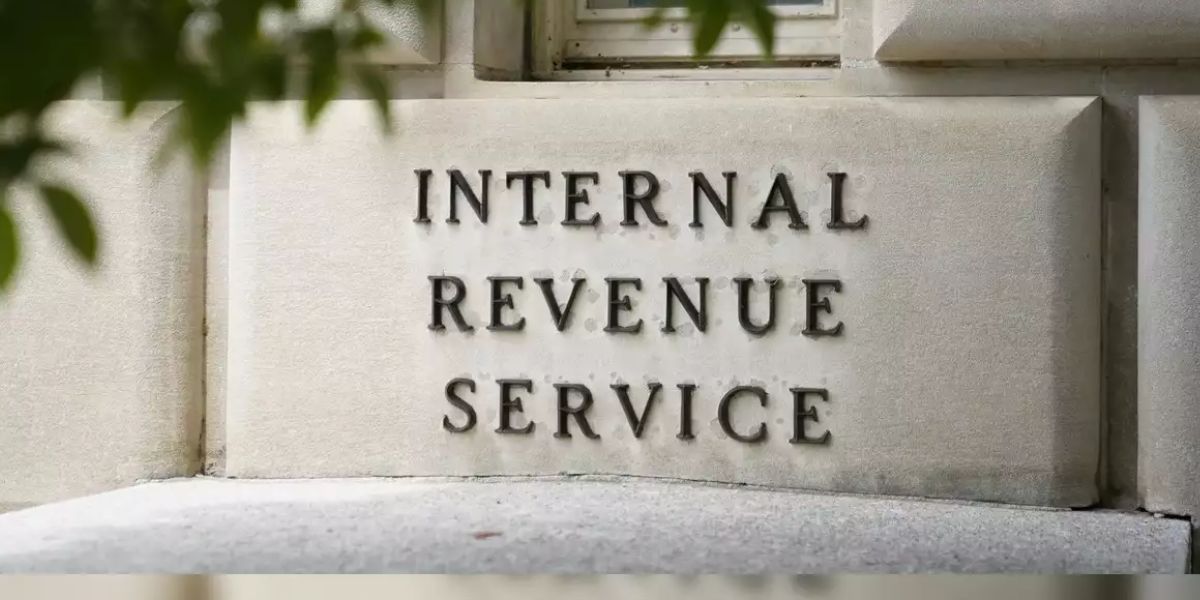(NEXSTAR) — The U.S. could move to ditch the penny, but that doesn’t mean you should start throwing away your one-cent pieces—especially if they contain a certain grain on them.
The penny has undergone several design changes throughout its long history, stretching back to 1793. They were first produced with an image of Lady Liberty on the front and a chain surrounding the text “ONE CENT” on the reverse. The chain was later replaced with a wreath.
The Introduction of Lincoln and the Wheat Penny
In the early 1900s, President Abraham Lincoln replaced Liberty on the penny, bringing a new reverse design complete with wheat. It’s this wheat that could help you garner some green from collectors.
Pennies produced from 1909 to 1958 featured two sheaves of wheat on the reverse. They were later swapped out for an image of the Lincoln Memorial in honor of Lincoln’s 150th birthday.
During this time, several varieties of the wheat penny were created. Early on, the initials of sculptor-engraver Victor David Brenner appeared on the reverse of the penny. Controversy caused his initials to be removed, but they returned in 1918 just below Lincoln’s shoulder, where they can still be seen today. In the early 1940s, the U.S. used zinc-coated steel instead of copper to make pennies, as copper was needed for World War II.
Why Wheat Pennies Can Be Valuable
Today, wheat pennies are considered the most commonly collected U.S. coins, making them worth at least a few cents to a dealer. However, certain factors can make them worth thousands of times more than one cent, according to Dave Sorrick, a coin expert and collector at In God We Trust, LLC.
The rarest wheat penny is from 1909 and could be worth anywhere from $700 to $1,500, depending on the coin’s grade. An uncirculated wheat penny from 1909 that has been graded could be worth between $2,000 and $3,000.
In January 2025, a highly graded wheat penny from the 1909 series sold for $99,000 at auction.
Record-Breaking Wheat Penny Sales
Some wheat pennies have fetched even higher prices. One, minted in Denver in 1943, sold for $840,000 in 2021, according to a listing by Heritage Auctions. This penny was particularly valuable because it was made of bronze rather than the zinc-coated steel the U.S. was using at the time for war efforts.
A similar “problem-free” 1943 penny went for $264,000 at auction earlier this year, Heritage Auctions announced. Another wheat penny from 1944, made entirely of steel—giving it a silver appearance instead of copper or bronze—sold at auction for $168,000 in January 2025.
Should You Check Your Change?
Does that mean your stash of wheat pennies is about to make you wealthy? Not necessarily.
While online guides can give you insight into how valuable your wheat penny is, experts recommend consulting a professional before listing your coin on eBay. This advice applies to any old coins or cash you may have, according to Dustin Johnson, vice president of numismatics at Heritage Auctions.
“Odd items are always set aside, but that doesn’t make them rare or terribly valuable,” he warned.
So before you spend or discard those wheat pennies, take a closer look—you might just be holding onto a small fortune.
Copyright 2025 Nexstar Media, Inc. All rights reserved. This material may not be published, broadcast, rewritten, or redistributed.
Disclaimer – Our editorial team has thoroughly fact-checked this article to ensure its accuracy and eliminate any potential misinformation. We are dedicated to upholding the highest standards of integrity in our content.




